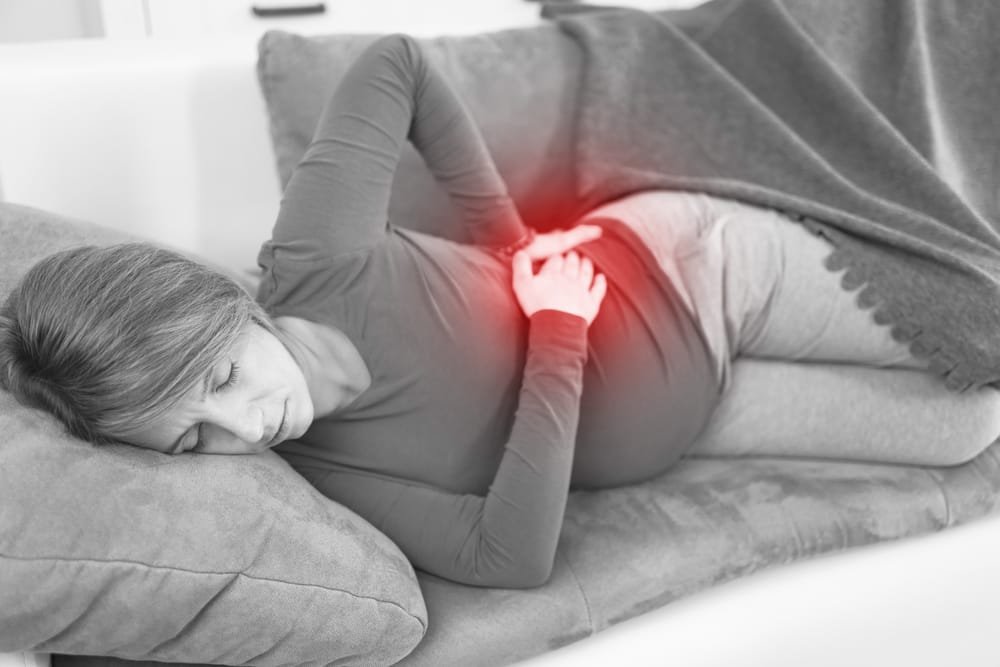Optimal Baby Positioning During Pregnancy: 5 Simple & Effective Tips
Expecting a bub? Getting your little one in the right position can make all the difference for a smoother birth experience. At Family Wellness Centre Epping (FWC), we help mums-to-be encourage optimal baby positioning through proven techniques and expert care. 1. What is Optimal Baby Positioning? Staying active during pregnancy can help create space for your baby to move into the best position for birth Essential Moves: ✔️ Pelvic tilts (3 sets daily)✔️ Cat-cow stretches – Improves spinal mobility✔️ Birthing ball exercises – Encourages baby’s descent✔️ Gentle prenatal yoga – Supports flexibility and posture Expert Tip: “Start with 10-15 minutes daily and listen to your body,” advises Dr. Bronte Tukana, our pregnancy specialist. 2. Professional Chiropractic Care Seeing a prenatal chiropractor can make a significant difference in baby positioning by ensuring proper pelvic alignment. Benefits of Chiropractic Care: ✔️ Aligns pelvis and spine✔️ Creates optimal space for baby✔️ Reduces pelvic pressure✔️ Promotes natural positioning At FWC, our team specializes in gentle, pregnancy-safe techniques to keep mum and baby comfortable. 3. Spend Time in Forward-Leaning Positions Encouraging baby’s head to engage in the pelvis can be as simple as adjusting your posture throughout the day. Recommended Positions: ✔️ Sitting upright or slightly forward – Avoid reclining✔️ Kneeling on all fours – Helps baby rotate✔️ Using a birthing ball – Opens the pelvis naturally 💡 Avoid slouching as it may encourage a posterior baby position. 4. Techniques to Enhance the Baby’s Position Some hands-on techniques can help encourage optimal fetal positioning naturally. Popular Techniques: 🔹 Rebozo Sifting – Uses a scarf for gentle belly rocking🔹 Webster Technique – Performed by chiropractors to align the pelvis🔹 Spinning Babies® Exercises – Special movements for baby rotation At FWC, we incorporate evidence-based methods to support ideal baby positioning. 5. Maintain Good Posture Throughout Pregnancy Sitting, standing, and sleeping positions all affect baby alignment. Best Practices for Good Posture: ✔️ Sitting: Use lumbar support, keep feet flat, and avoid deep reclines✔️ Standing: Distribute weight evenly, avoid locking knees✔️ Sleeping: Lie on your left side with a pregnancy pillow 💡 Posture awareness can help prevent posterior positioning and ensure a smoother delivery. Benefits of Optimal Baby Positioning Encouraging proper fetal alignment can lead to: ✔️ Easier labour with fewer complications✔️ Reduced risk of C-section or interventions✔️ Less pelvic and lower back pain✔️ Better postpartum recovery At FWC, we focus on natural, proactive techniques to support a positive birthing experience. Ready to Optimize Your Baby’s Position? 📞 Call Us Today: 0290115380 🔗 Book Online: CLICK HERE Family Wellness Centre Epping is here to help you feel empowered and prepared for a smoother birth journey.











